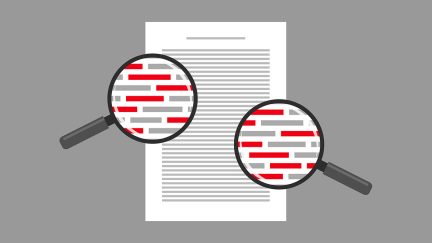Get more! Sign up for PLANSPONSOR newsletters.
ASPPA Petitions IRS for “Holdout” Rule Guidance
Currently, there is no guidance for how a plan should handle elective deferrals and employer contributions for an employee who must retroactively participate in a plan. Rehiring former employees on a part-time basis is becoming increasingly more common as the economy recovers, ASPPA noted. “As a result, guidance in this area would be timely and beneficial to plan sponsors and providers,” the letter stated.
IRS representatives have informally indicated that the one-year holdout rule simply cannot be used for purposes of eligibility to make elective deferrals to a 401(k) plan because participants cannot make deferrals on a retroactive basis, ASPPA said. While the rule was written before 401(k) plans became popular, the qualified retirement plan rules have been updated by Congress countless times over the years and the one-year holdout rule was neither repealed nor limited in application to plans other than 401(k) plans. Accordingly, ASPPA asserted, an informal position that the rule cannot be used for purposes of elective deferrals seems contrary to both the statute—the Internal Revenue Code (IRC) has no such limitation—and Congressional intent.
ASPPA recommends the following:
- Returning employees (who are otherwise eligible to participate in the plan) are permitted to make elective deferrals immediately upon completion of 1,000 hours of service during the applicable eligibility computation period. For the period of the computation period prior to completion of 1,000 hours of service, such employee would be treated as a non-benefiting eligible employee. Thus, for elective deferrals, the employee would be considered to have deferred 0% of compensation during such period for purposes of the actual deferral percentage. For a profit sharing allocation, the employee would not be benefiting, which would impact the IRC §410(b) coverage test.
- Returning employees (who are otherwise eligible to participate in the plan) are permitted to begin deferring immediately following rehire. The employee would share in such other contributions as are applicable under the plan (i.e., profit sharing or matching contributions). If the employee does not complete a year of service following rehire, then elective deferrals would be treated as excess contributions, thus requiring corrective distributions (with a forfeiture of any related matching contributions that have already been contributed). Similarly, any other contributions to which the employee would not be entitled would be forfeited.
ASPPA contends that the above approaches would permit plans to use the one-year holdout rule and provide some administrative flexibility when it comes to rehired employees; furthermore, these alternatives should not be part of the Employee Plans Compliance Resolution Program (EPCRS) because these are not correcting errors in the operation of a plan, but are methodologies associated with the application of the IRC.
The letter is here.
You Might Also Like:
IRS Issues 2025 Required Amendments List for Qualified Plans, 403(b)s
IRS, Treasury Offer Updates on How Trump Accounts Will Work
Delayed Release of 2026 Contribution Limits Unlikely to Cause Many Problems
« (b)lines Ask the Experts – ERISA Plan Effect on Non-ERISA Plan Status


